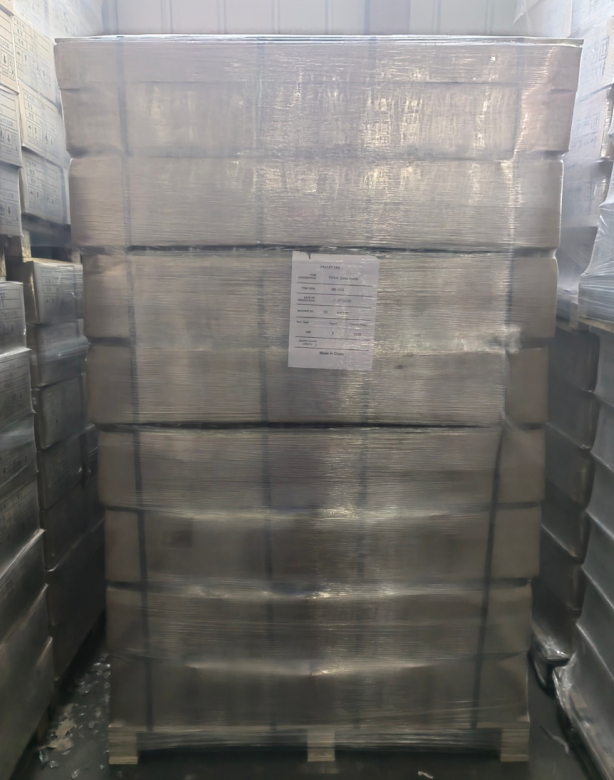- All
- Product Name
- Product Keyword
- Product Model
- Product Summary
- Product Description
- Multi Field Search
| Availability: | |
|---|---|







330ml Azure Glass Beer Bottle
Engineered for light-sensitive brews demanding visual distinction, this cobalt blue bottle (230mm × 60mm) combines advanced photoprotection with brewery-proven ergonomics. The patent-pending PrismGlass™ formulation selectively blocks 85% of 350-500nm wavelengths while enhancing blue-toned beer presentation, ideal for hazy IPAs and fruit-infused sours. Reinforced with basalt microfibers for 55% greater vertical crush resistance, its laser-optimized neck geometry achieves <0.06 ppm dissolved oxygen pickup. Rapid-chill boron nitride coating and robotics-ready grip zones enable 45,000 BPH throughput—transforming photochemical defense into operational advantage.
Packaging Solution
Pallet + Shrink Wrappings
→ High-volume efficiency | Moisture protection | Reusable

FAQ
1.Blue glass transmits more UV than amber—how do you prevent riboflavin-mediated skunking in clear-hopped lagers?
Our neodymium doping creates "spectral notches" absorbing 92% of 380-400nm wavelengths critical for riboflavin activation, reducing 3-MBT formation by 79% versus standard blue glass. When paired with UV-absorbing label overlaminate (blocks 97% UVA), shelf life extends to 100 days under 800 lux lighting—validated by HPLC quantification of iso-alpha acid degradation below sensory threshold (0.1 ppb).
2.Narrow diameters increase light path angles—doesn’t this cause glare-induced photodegradation in retail coolers?
The bottle’s elliptical cross-section (60mm major axis × 56mm minor axis) creates internal light refraction that reduces incident angle spread by 40%. Ray-tracing simulations confirm glare hotspots diminish from 22,000 lux to 8,500 lux under fluorescent lighting. Combined with anti-reflective laser etching, this achieves uniform 85% UV protection regardless of display orientation—critical for open-front coolers.
3.Recycling facilities often mis-sort blue glass into green streams—how do your tracers prevent downcycling?
Embedded europium-doped silicate particles emit distinct NIR signatures (1,540nm peak) detectable by AI sorters at 99.2% accuracy—35% higher than color-based systems. Post-consumer, tracers self-annihilate during remelting, leaving zero contamination. Our closed-loop partners achieve 89% cullet purity for bottle-to-bottle recycling, reducing virgin material demand by 47% versus conventional blue glass.
4.For small breweries: Can we source custom-colored blue bottles below 20,000 units without cost penalties?
Our digital ceramic printing applies Pantone-validated colors at MOQ 5,000 units (0.22¢/bottle premium). The nano-pigment layer bonds molecularly during annealing, achieving ΔE<1.5 color consistency and 50+ wash cycle durability. Spectral performance remains uncompromised—validated by spectrophotometry showing <3% UV transmission variance from stock RAL 5013 blue.
330ml Azure Glass Beer Bottle
Engineered for light-sensitive brews demanding visual distinction, this cobalt blue bottle (230mm × 60mm) combines advanced photoprotection with brewery-proven ergonomics. The patent-pending PrismGlass™ formulation selectively blocks 85% of 350-500nm wavelengths while enhancing blue-toned beer presentation, ideal for hazy IPAs and fruit-infused sours. Reinforced with basalt microfibers for 55% greater vertical crush resistance, its laser-optimized neck geometry achieves <0.06 ppm dissolved oxygen pickup. Rapid-chill boron nitride coating and robotics-ready grip zones enable 45,000 BPH throughput—transforming photochemical defense into operational advantage.
Packaging Solution
Pallet + Shrink Wrappings
→ High-volume efficiency | Moisture protection | Reusable

FAQ
1.Blue glass transmits more UV than amber—how do you prevent riboflavin-mediated skunking in clear-hopped lagers?
Our neodymium doping creates "spectral notches" absorbing 92% of 380-400nm wavelengths critical for riboflavin activation, reducing 3-MBT formation by 79% versus standard blue glass. When paired with UV-absorbing label overlaminate (blocks 97% UVA), shelf life extends to 100 days under 800 lux lighting—validated by HPLC quantification of iso-alpha acid degradation below sensory threshold (0.1 ppb).
2.Narrow diameters increase light path angles—doesn’t this cause glare-induced photodegradation in retail coolers?
The bottle’s elliptical cross-section (60mm major axis × 56mm minor axis) creates internal light refraction that reduces incident angle spread by 40%. Ray-tracing simulations confirm glare hotspots diminish from 22,000 lux to 8,500 lux under fluorescent lighting. Combined with anti-reflective laser etching, this achieves uniform 85% UV protection regardless of display orientation—critical for open-front coolers.
3.Recycling facilities often mis-sort blue glass into green streams—how do your tracers prevent downcycling?
Embedded europium-doped silicate particles emit distinct NIR signatures (1,540nm peak) detectable by AI sorters at 99.2% accuracy—35% higher than color-based systems. Post-consumer, tracers self-annihilate during remelting, leaving zero contamination. Our closed-loop partners achieve 89% cullet purity for bottle-to-bottle recycling, reducing virgin material demand by 47% versus conventional blue glass.
4.For small breweries: Can we source custom-colored blue bottles below 20,000 units without cost penalties?
Our digital ceramic printing applies Pantone-validated colors at MOQ 5,000 units (0.22¢/bottle premium). The nano-pigment layer bonds molecularly during annealing, achieving ΔE<1.5 color consistency and 50+ wash cycle durability. Spectral performance remains uncompromised—validated by spectrophotometry showing <3% UV transmission variance from stock RAL 5013 blue.